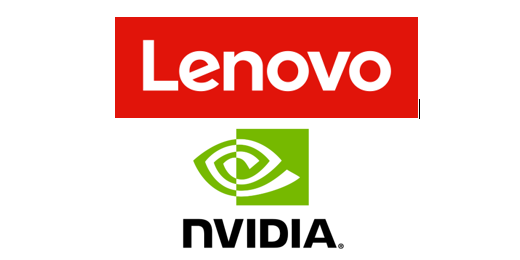Livermore, CA — Leaders at Lawrence Livermore National Laboratory (LLNL) and the Korea Institute of Science and Technology (KIST) have signed a memorandum of understanding (MOU) to collaborate on basic science and technology in the renewable energy, climate science, data science and characterizations arenas.
Under the MOU, KIST will have office space in the Livermore Open Campus where staff, postdocs and students can spend time on site collaborating with LLNL researchers. The MOU shows the value of strategic international and university engagements. LLNL has five Laboratory Directed Research and Development projects that are intended to be collaborative with KIST in these areas of mutual interest: solid-state batteries, hydrogen, catalysis, climate and data science.
Founded in 1966 and located in Seoul, KIST was the first multi-disciplinary scientific research institute in South Korea and has contributed significantly to the economic development of the country, particularly during the years of accelerated growth in the 1970s and 1980s. It has a research staff of more than 1,800 research scientists, visiting scientists, fellows,trainees and foreign scientists involved in basic research in various fields of science and technology.
The MOU proposes the exchange of researchers to each other’s facilities, faculty sabbaticals and student/postdoc internships, and the possibility of joint publications, joint grant proposals, lectures, symposiums and strategic meetings.
After the MOU signing by LLNL Deputy Director Pat Falcone and KIST President Seok‐Jin Yoon, KIST researchers met with LLNL managers and staff for workshops, briefings and facility tours during a three-day visit this week hosted by Physical and Life Sciences Associate Director Glenn Fox. Tours included the Advanced Manufacturing Laboratory, the National Ignition Facility, the Livermore Valley Open Campus, the Center for Accelerator Mass Spectrometry and the National Atmospheric Release Advisory Center.
During the solid‐state battery workshop, KIST researchers Jimin Shim and Seungho Yu briefed LLNL on macromolecular design of ion‐conducting polymer electrolytes and discussed materials design of solid electrolytes for all‐solid‐state lithium-ion batteries, while LLNL scientists Marissa Wood and Johanna Schwartz briefed KIST on a combined experiment‐modeling approach for investigating lithium anode behavior in 3D printed solid‐state batteries and next-generation polymer electrolytes for lithium‐ion batteries.
At the data science workshop, KIST researcher Donghun Kim discussed building a knowledge base for catalyst materials from literature using natural language processing while LLNL scientists Anna Hiszpanski, David Buttler, Juanita Ordonez, Huiyun Jeong and Aditya Prajapati highlighted building materials knowledge models via document network analysis.
At the hydrogen workshop, KIST researcher Jinwoo Kim talked about in-situ characterization of hydrogen‐metal interaction at the micro-to‐nanoscale and LLNL scientist Tae Wook Heo discussed LLNL research capabilities and potential collaboration for low‐T and high‐T hydrogen‐material interactions.
During the catalysis workshop, KIST researcher Dong Ki Lee discussed electrochemical alcohol oxidation for conversion of 5-hydroxymethylfurfural (HMF) to 2,5-furandicarboxylic acid (FDCA) while LLNL scientist Christopher Hahn gave an overview of carbon conversion activities.
At the climate workshop, LLNL scientists briefed KIST staff on several programs and research projects, including (with researchers): the Atmospheric Radiation Measurement (ARM) user facility (Shaocheng Xie), the cloud chamber (Shaocheng Xie), Program for Climate Model, Diagnosis and Intercmoparison (Steve Klein and Jiwoo Lee) climate modeling (Chris Golaz, Qi Tang and Peter Bogenschutz), and a Climate Impacts Strategic Initiative (Philip Cameron‐Smith).



